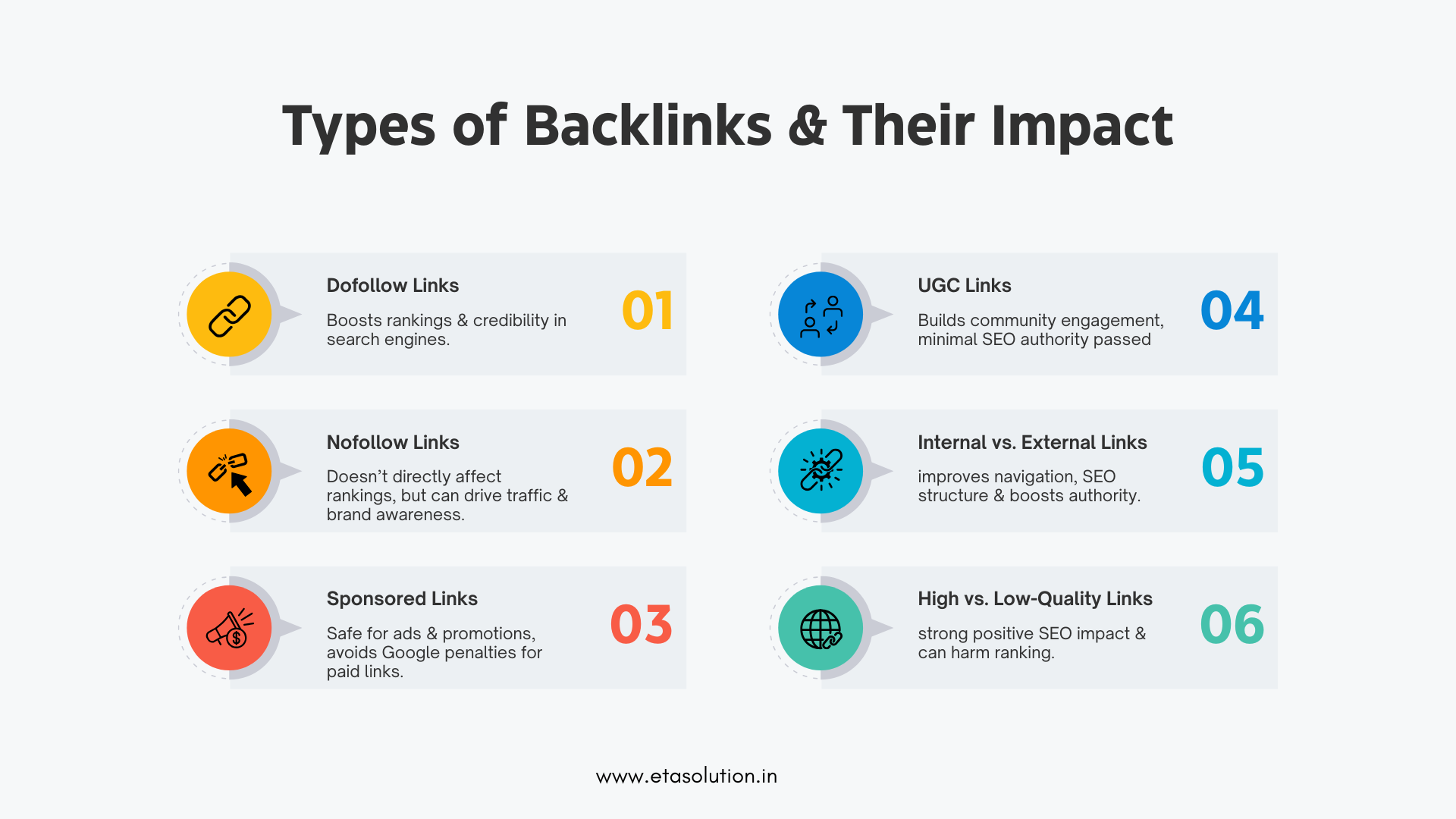
How to Find All Backlinks of Any Website | Easy Guide for SEO
Backlinks are the currency of SEO. The more credible, relevant websites that link back to your domain, the increased the likelihood of rising in rankings. But what if you could look at the backlink strategy of your competitors or your own website and turn that data into practice?
You should ensure that your methods are not based on trial and error but rather on real data that is valid. In this guide, we are going to demonstrate how to find every backlink of any website, what tools to use, which metrics to pay attention to, and how to turn raw backlink data into a practical Link Building strategy.
An Introduction to Backlinks and Their Importance in SEO
Backlinks, or inbound links, indicate an endorsement from one website to another. Google interprets this endorsement as trust and authority. Not all backlinks are created equal, however. A link from Forbes? That’s SEO gold (A High Quality Backlink). A link from an obscure directory? It’s possible that it can do more damage than good.
In a 2024 SEMrush study, more than 52% of websites ranking on page 1 of Google had at least one referring domain with a DR greater than 70. That’s how powerful backlinks can be at determining your search visibility.
Learn More: How Backlinks Impact SEO Rankings.
Why Look at a Website’s Backlinks
There are many reasons you might want to look at backlinks to either the site you are currently auditing or one of your competitors’ backlinks:
- Identify new linking opportunities from sites that already link to similar content.
- Identify bad, malicious, or spammy backlinks that could get you penalized by Google.
- Check on and track the performance of your link building campaign over time.
- Reverse engineer your competitors’ SEO to prevail over them.
Backlink audits are much more about understanding what’s there, but understanding why it’s there.
Free Tools to Check Backlinks
Let’s start with the good news: you don’t have to pay to begin your SEO backlinks audit. These free backlink tools provide a solid starting point:
1. Google Search Console (GSC)
If you own the site, Google Search Console is a must. Navigate to “Links” and view your top linking domains and pages. It’s limited but reliable. Also you can check top pages and keywords by the Search Console Insight feature in GSC.
2. Ubersuggest
A freemium tool that gives a snapshot of backlinks, referring domains, and a glimpse at anchor texts. Ideal for small businesses.
3. SEO Review Tools
Provides a quick backlink overview without login. Handy for on-the-go analysis.
While these tools are helpful, their backlink databases are limited. To dive deep, you’ll need to level up.
Paid Tools for Comprehensive Backlink Analysis
Professional marketers and agencies rely on backlink checker tools that offer real-time data and historical trends. Here’s where the best ones shine:
1. Ahrefs
Possibly the largest live backlink index. You can see lost/gained links, anchor texts, link type, and domain strength.
2. SEMrush
SEMrush Comes with a website backlink tracker that shows toxic score, new and broken links, and referrer IPs, great for in-depth SEO audits.
3. Moz Link Explorer
Though its database isn’t as vast as Ahrefs or SEMrush, it’s intuitive and still packs value, especially for spotting high DA opportunities.
Ahrefs crawls over 6 billion pages a day, while SEMrush refreshes their backlink index every 15 minutes. That’s the kind of speed today’s best SEO company demands.
How to Use Google Search Operators to Spot Backlinks
Here’s where most marketers miss out. You can find backlinks manually using Google’s search operators:
- link:yourdomain.com – Deprecated but still works occasionally.
- “yourdomain.com” -site:yourdomain.com – Shows mentions of your site excluding your own pages.
- intitle:”your brand name” – Great for finding branded mentions that should be linked.
This method is ideal to find unlinked brand mentions, a golden opportunity to build easy backlinks.
Key Metrics to Look for in a Backlink Profile
Understanding your backlink profile SEO goes beyond quantity. Here’s what to really look for:
- Domain Authority (DA) and Domain Rating (DR) – Gauge the authority of the referring site.
- Relevance – Is the linking site topically related to your niche?
- Anchor Text – Over-optimized anchors = red flags.
- Dofollow vs. Nofollow – Dofollow passes link juice; Nofollow may still offer brand visibility.
- Traffic to Linking Page – A backlink from a page with zero traffic is less valuable.
Avoid sites that link to hundreds of unrelated domains; that’s often a spam footprint.
Types of Backlinks & Their Impact

How to Export and Analyze Backlink Data
Once you’ve used the tools, it’s time to analyze:
- Export Data – Most tools let you download CSV files of backlinks.
- Filter – Sort by DR, anchor text, link type, and region.
- Group by Patterns – Do certain domains or content types get more links?
- Compare Over Time – Which links did you lose? Which are new?
Use Google Sheets or Looker Studio to visualize this data and make decisions based on trends, not just snapshots.
Competitor Backlink Analysis Strategies
Imagine knowing every link your competitor has earned in the last 12 months.
One e-commerce brand reverse-engineered a competitor’s backlink profile and found 25 blog roundups where their competitor was mentioned. They pitched those same blogs with a better product demo and got featured on 18 of them. Their traffic? Up 130% in 4 months.
How to do it:
- Use Ahrefs or SEMrush’s “Backlink Gap” tool to compare your domain with competitors.
- Find unique backlinks they have that you don’t.
- Create content or outreach campaigns targeting those sources.
This is SEO link research that pays for itself.
Common Mistakes in Backlink Research
Even smart marketers make errors. Watch out for these:
- Ignoring anchor text diversity – Repeating the same keyword can trigger penalties.
- Only tracking quantity over quality – 10 high-quality links outperform 100 mediocre ones.
- Not updating backlink audits regularly – The web changes fast; links disappear.
- Neglecting nofollow links – They still drive traffic and build brand equity.
Backlink research isn’t a one-time job; it’s a website backlink tracker routine.
Final Take
Backlinks can be a support system or a sinkhole to your SEO plans. Whether you are building your own brand or working with the Best Provider of SEO Services in Ahmedabad, you must know how to access, check, analyze, and use backlink data in order to compete in search. Here is the summary:
- Take advantage of free and paid tools to access a 360-degree view.
- Think quantity of links, but also think quality. Not just the number of links you have.
- Do competitor backlink analysis every month.
- Make sure to regularly update your SEO backlinks audit, so you can find changes and opportunities.
In the SEO Company in Ahmedabad, we understand brands’ backlink profile – and take action from it and win. And with these strategies underway, you’re not just accumulating backlinks. You’re building a digital fortress.
Checking backlinks helps you:
See who is linking to your website (or a competitor’s)
Find new partnership or guest post opportunities
Improve your SEO ranking
Example: If you see many websites linking to your competitor but not you, you can try to contact them for a link.
Not always. Quality matters more than quantity.
Example: 10 backlinks from trusted websites can be better than 100 backlinks from spammy sites.
Yes. Most backlink checker tools will show you the total backlink count and the list of linking websites.
Example: Ahrefs might say: “This site has 5,432 backlinks from 1,200 unique websites.”
Backlinks: Total number of links pointing to your site.
Referring domains: Number of websites linking to you (one site can give multiple backlinks).
Example: If abc.com links to you on 5 different pages, you have 5 backlinks but only 1 referring domain.
Yes. If a website removes the page linking to you or changes it, your backlink can vanish.
Example: If a blog deletes your guest post, you lose that backlink.

What started as a passion for marketing years ago turned into a purposeful journey of helping businesses communicate in a way that truly connects. I’m Heta Dave, the Founder & CEO of Eta Marketing Solution! With a sharp focus on strategy and human-first marketing, I closely work with brands to help them stand out of the crowd and create something that lasts, not just in visibility, but in impact!

Industrial Product Marketing with LinkedIn & Paid Ads

Top Digital Marketing Strategies for Industrial Products in 2026

B2B Product Launch Strategies: From Pre-Launch to Go-To-Market

